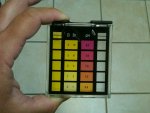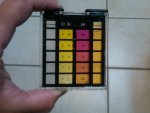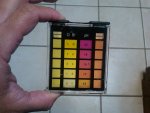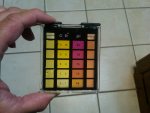So with the solar bypass, the primary goal should be to get this to work with the original setup so you don't need a second flow meter or valve.
I am still puzzled by your question about the non-solar side and the flow rate of 2. Why can't you open the LQ flow valve more to increase that flow rate to 3?
Right now, I have the return valves to two of my main drains restricted about a 1/4 closed to increase the pressure. I am concerned with this for what effects will restricting the returns have on my system to include solar?
Do you mean suction valves for your main drains? This will decrease pressure not increase it and overall do not think this is a good thing to do. Or did you mean return valves for your returns? Either way this may be causing some of the problems you are seeing and it reduces the pump efficiency (cost you more money). You really want all the valves open. No restriction on the return or suction sides of the plumbing.
There are too many other factors going on here and we need to simplify things so having the suction side restricted complicates things. Let's try this first:
Open all the valves on the return an suction side plumbing (let me know what the filter presssure is).
Adjust the solar valve for partial direction to solar (5-6 PSI rise max)
Adjust LQ flow valve for 3 when solar is off
Report LQ flow rate when solar is on but bypassed
I would be surprised to see it over 4 with solar on with this setup. Remember, there is no harm in having the FC level swing a bit as long as it is always above the minimum value.





